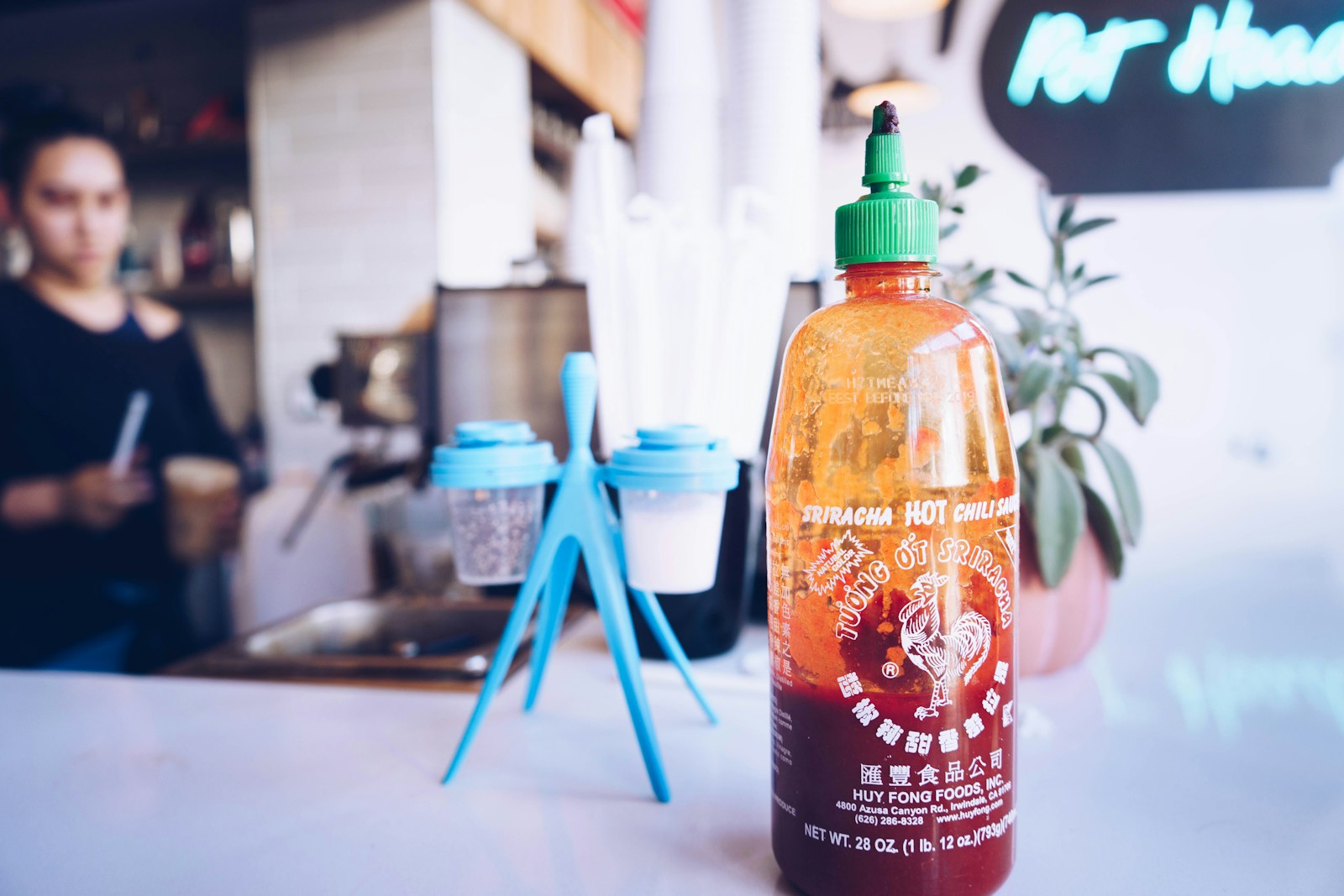Sriracha sauce is a popular sauce that has a fiery taste and comes in a distinct red bottle that has a green cap and is used in many families and restaurants all over the world. However, the recent reports of a Sriracha shortage have left fans panicking and trying to find this sauce. In this article, we will discuss the reasons that led to this shortage, its effects on consumers and other businesses, and where do we go from here for this much-loved sauce.
What is Sriracha?
Sriracha is a type of hot sauce or chili sauce that is made from a mixture of chili peppers, vinegar, garlic, sugar, and salt. From Thailand, it has been introduced into the United States of America by a company known as Huy Fong Foods which is owned by David Tran. Due to its remarkable taste, the sauce is suitable to prepare various meals, including noodles, soups, sandwiches, and pizzas.
Reasons Behind the Sriracha Shortag
Climate change and the issue of agriculture today.
Climate change has been identified as one of the major causes of the shortage of Sriracha sauce. Poor weather conditions for example drought and heat have been detrimental to the growth of red jalapeno peppers which are used in manufacturing of Sriracha sauce. These peppers are quite sensitive in their cultivation and changing conditions drastically affect the production and quality of the peppers.
Supply Chain Disruptions
The supply chain management has been the most affected by the recent changes in the world including the COVID-19 pandemic that has caused more challenges. Lockdowns, transportation calendar and labor problems have all hampered the ability of sourcing the necessary raw materials to make Sriracha sauce. Also, there has been problem with the delivery of the final product to the market or the end user due to logistical difficulties.
Increased Demand
Since the time Sriracha has come into the market, the sales of the sauce have only been on the rise. This increased demand, coupled with the supply-side constraints highlighted earlier, has therefore led to shortages. Both the consumers and the restaurants have claimed to not find Sriracha in the stores easily.
The Consequences of the Sriracha Crisis.
Consumer Frustration
For many fans of Sriracha, the shortage has been a big inconvenience and has left them feeling rather annoyed. It’s very hard to come up with something similar to the sauce and some people believe that there is no better sauce than this one. This has led to stockpiling and even price gouging on the secondary markets.
Restaurant Challenges
Restaurants that have depended on Sriracha sauce to enhance the flavor of their meals have been forced to look for suitable substitutes or modify their menus. This has not only impacted the taste of their products but also the financial Performance of the Companies. Several establishments mentioned that they have been deserted by clients who were in search of meals that contained Sriracha.
Economic Impact
The shortage has also had some economic impacts on the society. This has affected farmers cultivating red jalapeño peppers, and the manufacturers and retailers of the sauce through loss of finances. This has resulted in price increases and a decline in the overall sales of Sriracha sauce, which has an impact on the entire supply chain.
Alternative Hot Sauces
While nothing can fully replace the unique taste of Sriracha, there are several alternative hot sauces that consumers can consider during the shortage:
- Cholula: Known for its rich, slightly smoky flavor, Cholula is a versatile hot sauce that can be used in a variety of dishes.
- Tabasco: This classic hot sauce offers a tangy, spicy kick and is widely available.
- Frank’s RedHot: Popular for its use in buffalo wings, Frank’s RedHot provides a robust, tangy heat.
Future Prospects for Sriracha
1. Agricultural Innovations
To combat the effects of climate change and ensure a stable supply of red jalapeño peppers, agricultural innovations are being explored. These include developing more resilient pepper varieties and implementing advanced irrigation techniques to better manage water resources.
2. Supply Chain Improvements
Efforts are underway to strengthen the global supply chain to prevent future disruptions. This includes diversifying suppliers, investing in more efficient transportation methods, and ensuring a stable workforce for production and distribution.
3. Consumer Adaptations
Consumers may need to adapt to periodic shortages of their favorite products as climate change and other global challenges continue to impact food production. Developing a taste for alternative hot sauces or learning to make homemade versions of Sriracha could be viable solutions.
Frequently Asked Questions (FAQs)
1. How and why did the Sriracha shortage happen?
The scarcity of Sriracha can be attributed to factors such as extreme weather conditions in the United States, particularly California, the region that is responsible for growing red jalapeño peppers; disruption of the supply chain; and increased consumer consumption of the sauce.
2. When will the Sriracha shortage come to an end?
It is hard to tell as to how long the shortage will last, but some measures are being taken in order to prevent the shortage from happening. Better technologies in agriculture and increased efficiency in the supply chain might be able to address the problem in the future.
3. Can anyone suggest some other sauce that may prove to be as good as Sriracha?
Yes, there are many brands of hot sauces that can be used in place of Sriracha, for instance Cholula, Tabasco and Frank’s RedHot.
4. Is it possible to prepare my own Sriracha sauce at home?
Yes, there are homemade Sriracha recipes that people can make as one of their Do It Yourself projects especially if they were able to get some. Some of the commonly used spices and seasonings include chilies, garlic, vinegar, sugar, and salt to mention but a few.
5. What has been the impact of the Sriracha shortage on restaurants?
Those restaurants that have heavily relied on Sriracha have had to either look for substitutes or change their menus, which has in turn influenced the taste of the food and the audience that they attract.
6. What measures should be taken to ensure there are no more future Sriracha crises?
To prevent future shortages, there has to be improvements made in the agricultural sector to ensure that there is sustainable production of red jalapeño peppers, improvements in the supply chain and possibly finding other forms of hot sauces that can be used.
For those who can only enjoy the unique taste of Sriracha, the crisis that is being experienced today is quite a problem. However, efforts are still being made to tackle the cause of the problem and the chance of getting a good substitute in the near future means that Sriracha might be back on the shelves soon. In the meantime, while searching for other hot sauce variants and experimenting with homemade hot sauce recipes could be a good way to get over this loss.

